Rising Demand in the Construction Sector
The Ceramic Opacifier Market is experiencing a notable surge in demand, primarily driven by the expanding construction sector. As urbanization accelerates, the need for high-quality ceramic materials in construction applications increases. Ceramic opacifiers are essential in producing tiles, sanitary ware, and other building materials, enhancing their aesthetic appeal and durability. Recent data indicates that the construction industry is projected to grow at a compound annual growth rate of approximately 5% over the next few years, which could significantly bolster the ceramic opacifier market. This growth is likely to be fueled by government investments in infrastructure and housing projects, further solidifying the role of ceramic opacifiers in meeting the evolving demands of the construction sector.
Increasing Use in the Automotive Industry
The automotive sector is increasingly recognizing the benefits of ceramic opacifiers, contributing to the growth of the Ceramic Opacifier Market. These materials are utilized in the production of ceramic coatings and components, which enhance the aesthetic and functional properties of vehicles. The demand for lightweight and durable materials in automotive manufacturing is on the rise, as manufacturers seek to improve fuel efficiency and reduce emissions. Recent statistics suggest that the automotive industry is expected to grow at a rate of 4% annually, which may lead to a corresponding increase in the demand for ceramic opacifiers. This trend indicates a promising opportunity for manufacturers to expand their product offerings and cater to the evolving needs of the automotive market.
Technological Innovations in Manufacturing
Technological advancements in the manufacturing processes of ceramic opacifiers are playing a crucial role in shaping the Ceramic Opacifier Market. Innovations such as improved grinding techniques and the development of new formulations are enhancing the efficiency and quality of opacifiers. These advancements not only reduce production costs but also improve the performance characteristics of ceramic products. For instance, the introduction of nano-sized opacifiers has been shown to enhance opacity and brightness, making them more desirable in various applications. As manufacturers continue to invest in research and development, the market is likely to witness a shift towards more efficient and sustainable production methods, which could further drive growth in the ceramic opacifier sector.
Regulatory Support for Sustainable Practices
Regulatory frameworks promoting sustainability are influencing the Ceramic Opacifier Market by encouraging the adoption of eco-friendly materials and practices. Governments are increasingly implementing regulations aimed at reducing environmental impact, which is pushing manufacturers to seek sustainable alternatives in their production processes. The ceramic industry is responding by exploring the use of natural and recycled materials in the formulation of opacifiers. This shift not only aligns with regulatory requirements but also appeals to environmentally conscious consumers. As sustainability becomes a key focus for manufacturers, the ceramic opacifier market is likely to see growth driven by the demand for greener products and practices, potentially reshaping the competitive landscape.
Shifts in Consumer Preferences Towards Aesthetics
Consumer preferences are shifting towards aesthetically pleasing and high-quality ceramic products, which is positively impacting the Ceramic Opacifier Market. As consumers become more discerning, the demand for visually appealing ceramics in home decor, tableware, and sanitary ware is increasing. This trend is prompting manufacturers to focus on enhancing the aesthetic qualities of their products through the use of effective opacifiers. Market Research Future indicates that the demand for premium ceramic products is expected to rise, with consumers willing to pay a premium for superior quality and design. This shift in consumer behavior is likely to drive innovation and competition within the ceramic opacifier market, as companies strive to meet the evolving expectations of their customers.



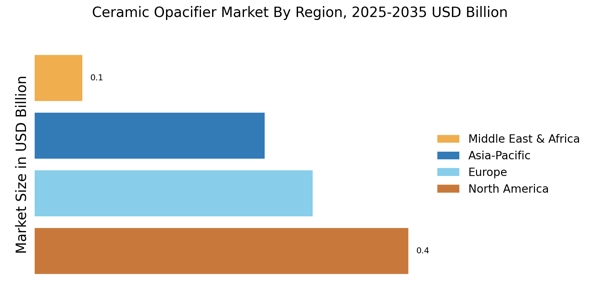
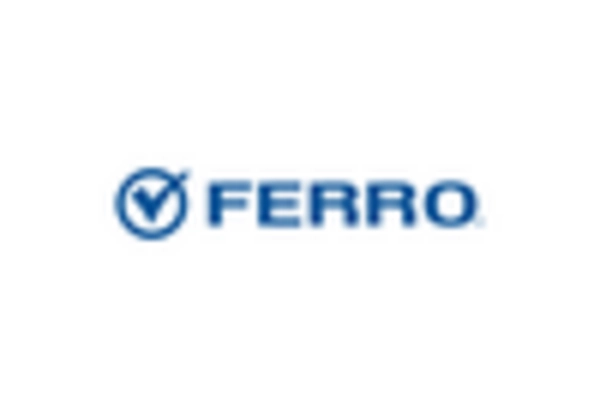
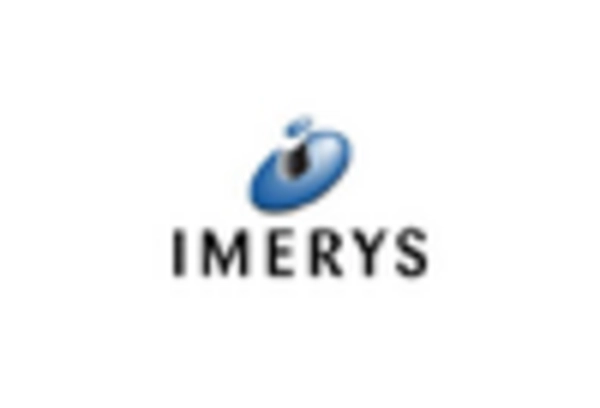
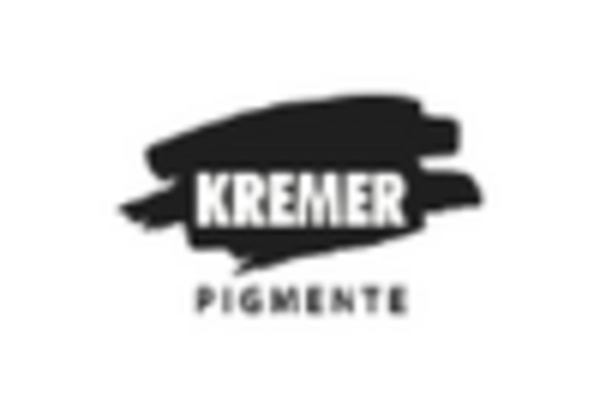
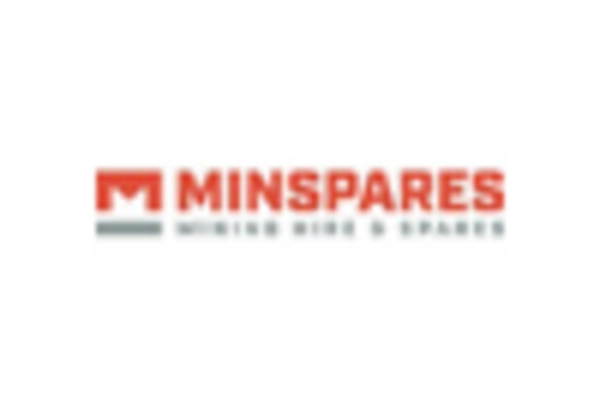

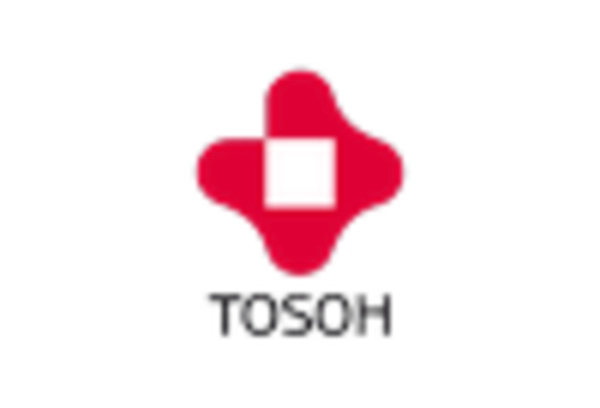








Leave a Comment